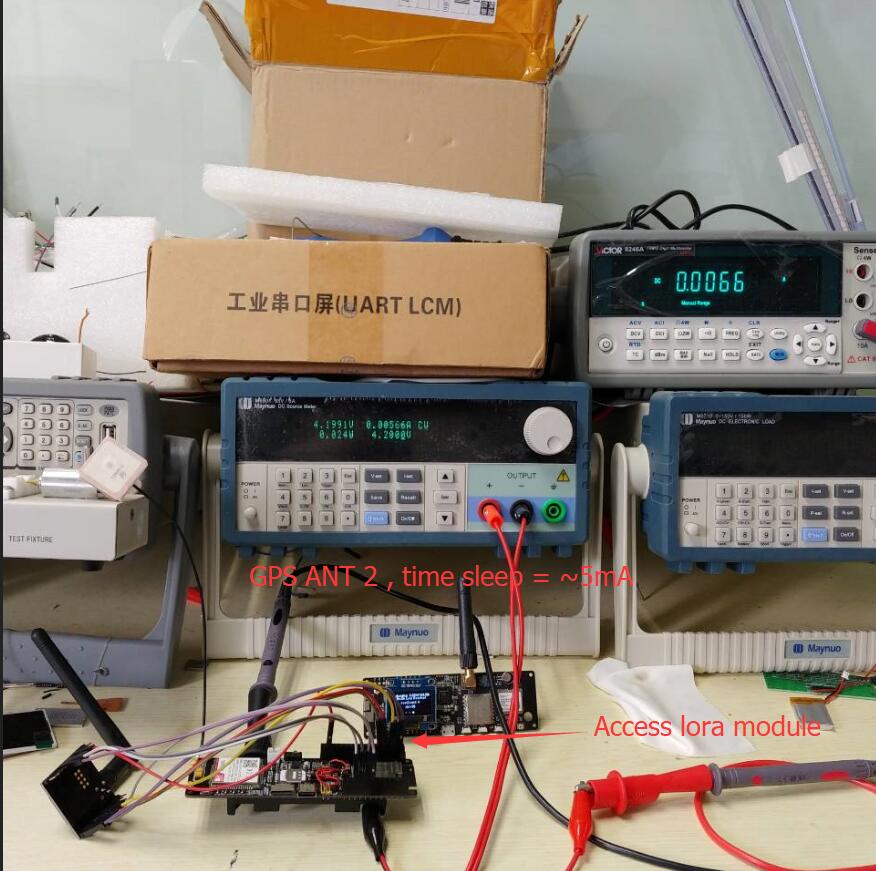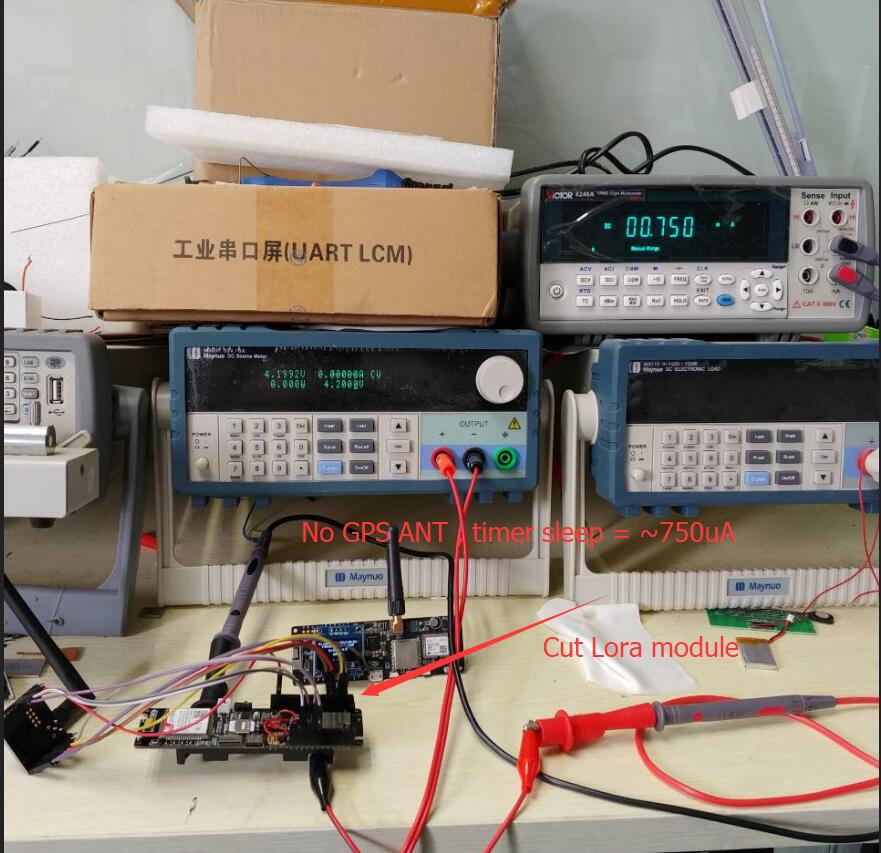clemens
December 27, 2019, 9:20am
1
Nun ist auch der LILYGO TTGO T-SIM mit SIM7000G released:
http://www.lilygo.cn/prod_view.aspx?TypeId=50033&Id=1246
Es ist der Nachfolger des TTGO T-Call . Im Vergleich zum SIM800-Board aber etwas teuer.
1 Like
Mich wundert gerade, dass auf der Hersteller-Seite angegeben ist
Sleep Current: 1.2 mA
Das ist mehr als beim SIM800-basierten TTGO T-Call-SIM800x steht, der mit 300 uA angegeben ist. Wundert mich, weil das SIM7000 im Power Saving Mode runter bis 9 uA können soll.
clemens
February 13, 2020, 9:29am
4
Hier, beim Test von Andreas Spiess, schneidet der TP4056 gar nicht so schlecht ab:
Im Gegensatz zu den PyCom-Geräten (das Sequans Monarch SQN3330 LTE kann afaik kein GSM/GPRS mehr) unterstützt das SIM7000G -Modul von SimCom zumindest noch GPRS, siehe https://www.simcom.com/product/SIM7000G.html .
The SIM7000G is global-Band LTE-FDD, LTE-TDD and Quad-Band GPRS/EDGE module solution in a LCC type which supports LTE CAT-M1(eMTC) and NB-IoT up to 375kbps data transfer.
Das ist jedoch nicht für alle SIM7000-Module so, siehe SIM7000X Module LPWA Wireless Solutions | SIMCom Wireless Solutions Co.,Ltd. .
Hier die neuesten Kommentare zur Weiterentwicklung:
opened 08:22AM - 28 Feb 20 UTC
closed 12:45AM - 12 Jun 20 UTC
I tested on the hardware of T-SIM 20191211 version and got the following results…
All tests use a timer to wake up from sleep.
1. Use GPS antenna (No. 1), remove LORA module, sleep current is about 12mA

2. Use GPS antenna (No. 1), connect to LORA module, sleep current is about 5.6mA (the unit of ammeter in the upper right corner is A)

3. No GPS antenna, no LORA module, sleep current is about 750uA (the ammeter unit in the upper right corner is uA)

4. No GPS antenna is used, there is a LORA module, and the sleep current is about 2mA (the unit of the ammeter in the upper right corner is A)

Based on this, provide feedback to the LilyGo team as a reference for the next revision
1. Remove SIM7000 NRESET, release GPIO5, will be used in Lora expansion board
2. Reset the GPIO Pin to release the HIGH SPEED SPI Pin
4. GPS active antenna has leakage current during deep sleep, increasing power control, this part of the circuit can be closed when GPS is not used
5. Add power monitoring IC [DIO6809S](http://www.dioo.com/uploads/product/20190312/eed546a7a6148e82e3d785879360556a.pdf)
6. ADC power monitoring plus Mos tube control [P-FET solution](https://fettricks.blogspot.com/2014/01/reducing-voltage-divider-load-to-extend.html)
7. Use the new pin layout:

8. Add GPIO0 as an external button, you can manually download when the automatic download circuit fails
9. To reduce external noise, connect a 0.1uF capacitor in parallel with the ADC pin
10. Change the power supply to PMIC, the specific selection must also consider
clemens
September 19, 2021, 8:38pm
7
In der neueren Version verwenden sie jetzt auch den CN3065 als solar charger chip! Wird langsam interessant, nun muss noch der sleep current passen!
Quelle: GitHub - Xinyuan-LilyGO/LilyGO-T-SIM7000G: LilyGO T-SIM7000G
[edit] zum deep sleep current: Deep sleep power consumption · Issue #3 · Xinyuan-LilyGO/LilyGO-T-SIM7000G · GitHub
the new version of the sample code when the test is completed, go to sleep about 300uA, this is my actual test!
2 Likes